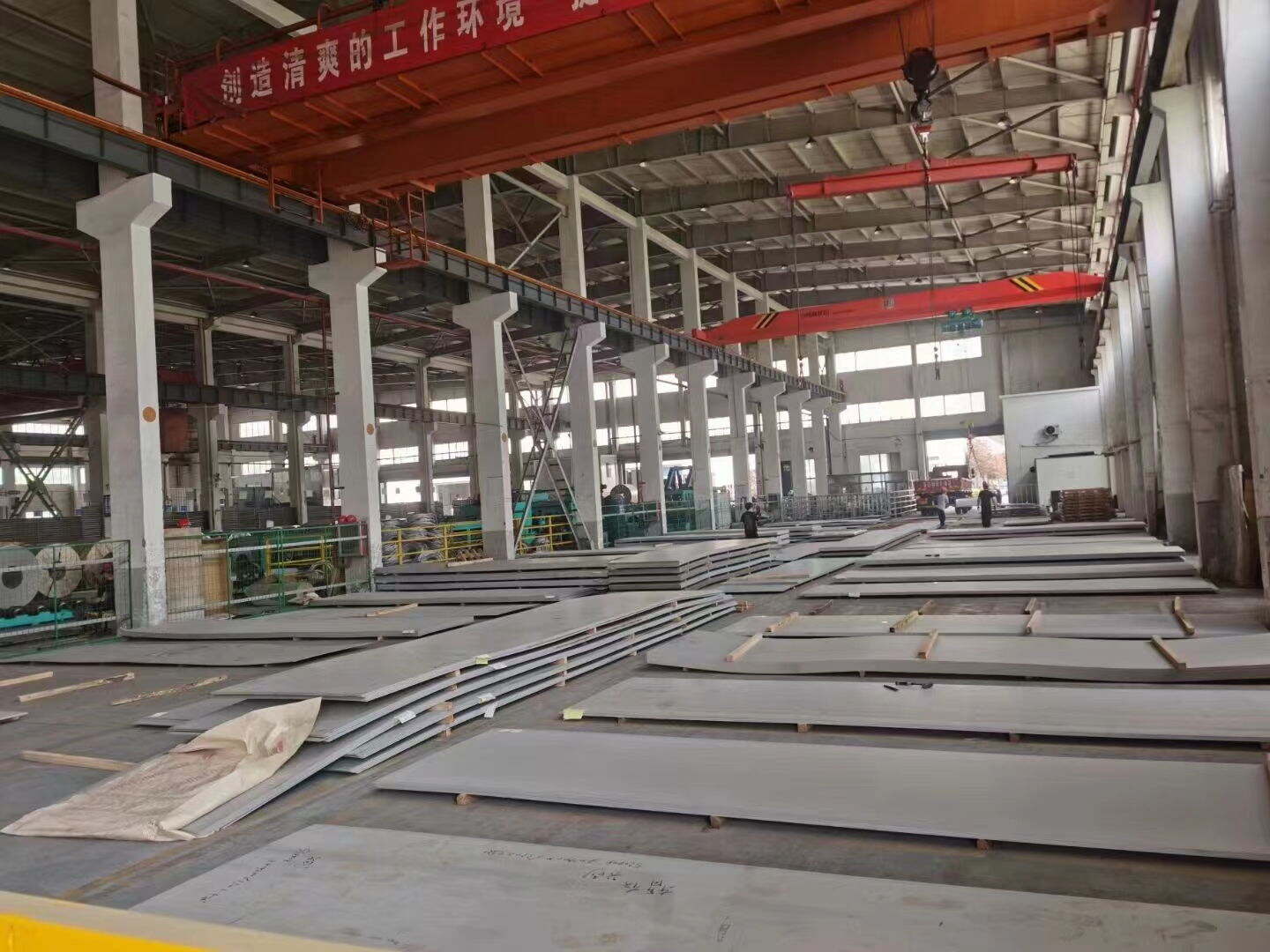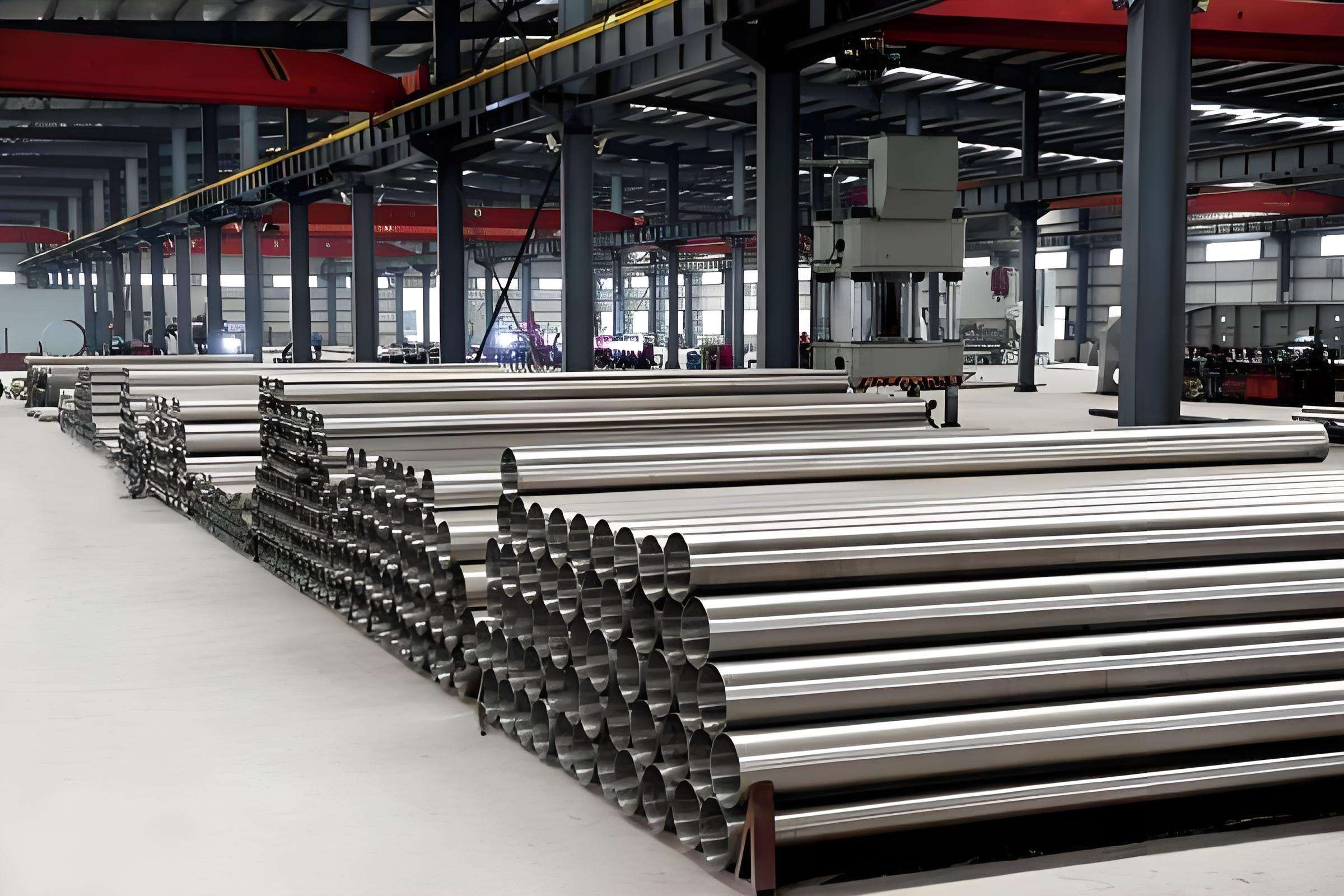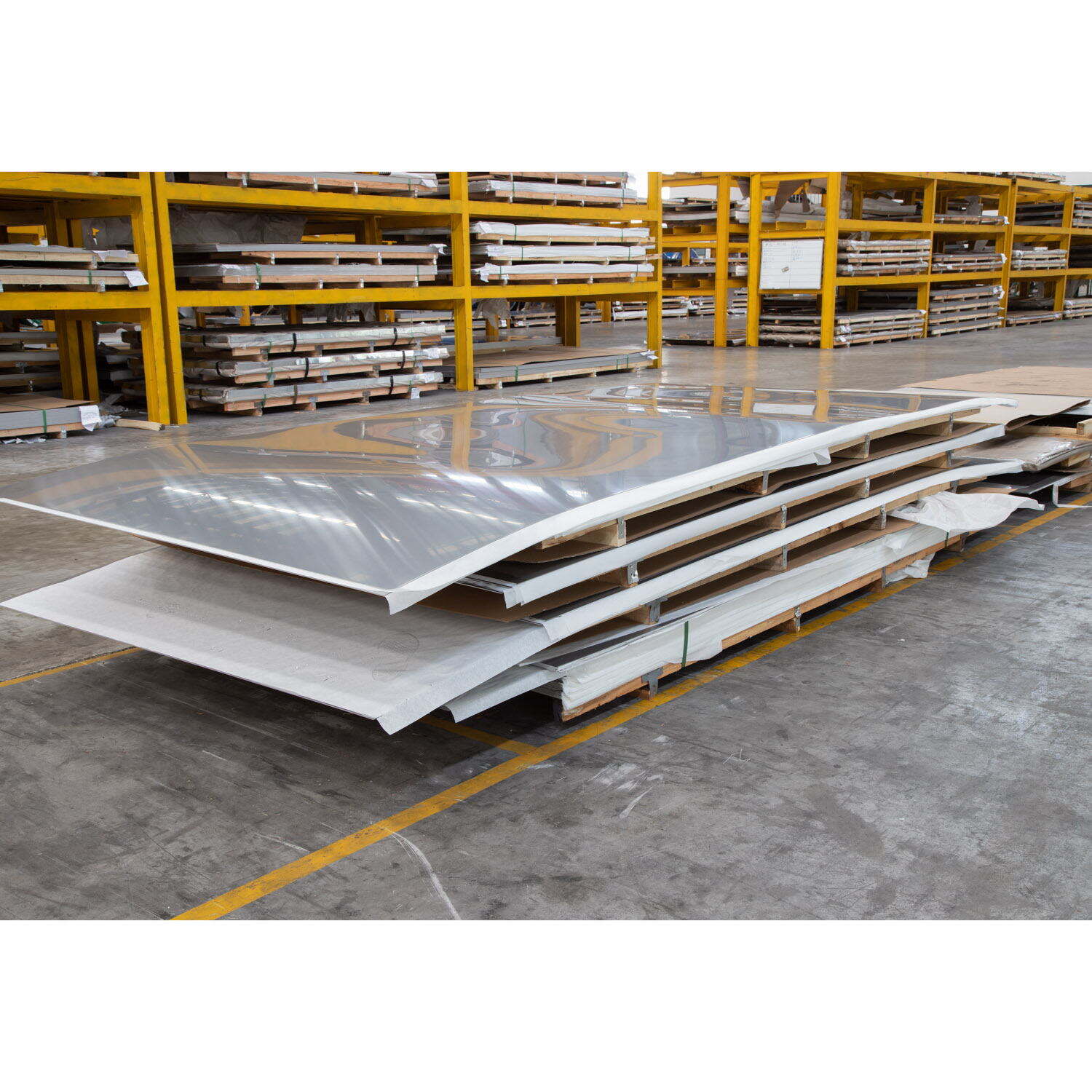perforated steel strip
Perforated steel strip represents a versatile and essential component in modern manufacturing and construction industries. This engineered material consists of steel strips that have been precisely punctured with uniform holes or patterns, creating a robust yet lightweight structure. The manufacturing process involves advanced machinery that can create holes of various sizes, shapes, and patterns according to specific requirements. These strips typically range from 0.5mm to 5mm in thickness and can be produced in different widths to suit various applications. The perforations are carefully designed to maintain structural integrity while reducing overall weight and allowing for controlled flow of air, light, or other materials. The strips can be galvanized, powder-coated, or treated with various finishes to enhance durability and corrosion resistance. They find extensive use in filtration systems, acoustic panels, architectural facades, machinery guards, and ventilation systems. The precision of the perforation process ensures consistent hole size and spacing, which is crucial for applications requiring specific flow rates or visual aesthetics. Modern manufacturing techniques allow for customization of perforation patterns, making these strips adaptable to diverse industrial and architectural requirements.


